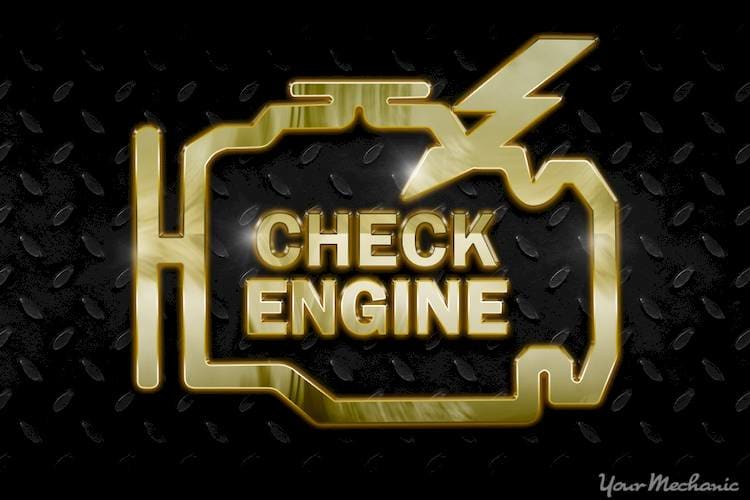P2616 code definition
If a vehicle’s PCM (Powertrain Control Module) stores a P216 code, it’s because the Camshaft Position (CMP) has released a high output signal.
What the P2616 code means
The engine of a modern vehicle wouldn’t work very well without a CMP. Camshafts are used to work the intake and exhaust valves. It, in turn, is driven by a crankshaft through a timing chain, timing belt or gears.
To figure out which cylinder is in its power stroke, the vehicle’s PCM keeps track of the rotating position of the camshaft and compares it to the position of the crankshaft thanks to the CMP. It then takes this information and adjust the spark timing as well as the operation of the fuel injectors. In this way, the CMP isn’t just essential to engine efficiency, control of emissions and fuel economy, but the vehicle even working in the first place.
If the CMP reports a waveform or voltage reading that is incorrect, the PCM will mark this with a P216 trouble code.
What causes the P2616 code?
The CMP measures camshaft operation with the help of electromagnetism. Yet, the most common reason for CMPs reporting incorrect readings is simply that oil – or some other engine fluid – has leaked and is now interrupting the sensor’s work.
Other common causes would be:
- Faulty, broken or shorted wiring
- Shorted electrical connectors
- Fluid contamination
- The CMS has become faulty
For the most part, though, an investigation should begin with looking for any leaks that may be getting in the way of the CMS reading its electromagnetic signal.
What are the symptoms of the P2616 code?
There are actually about five symptoms that could occur in conjunction with the P2616 code. Any combination of these could be present:
- The engine lacks power
- The vehicle doesn’t accelerate or does so, but choppily
- The engine won’t start
- The engine starts, but there is a noticeable delay
- The engine’s performance is rough, even when idling
You should most likely see the check engine light come on too, but this isn’t always the case.
How does a mechanic diagnose the P2616 code?
As we mentioned above, a mechanic will definitely check for a leak, but that’s not the first step. Here’s the routine they’ll go through:
Use an OBD-II scanner to find out which codes the PCM has stored
Proceed to inspect the CMP for signs of a leak that is getting in the way of its ability to take readings
Check the wiring, connectors and other electrical components between the CMP and PCM
Usually, this will do the trick. The problem is almost always pretty obvious for an experienced mechanic.
Common mistakes when diagnosing the P2616 code
By the time a customer brings their vehicle in, the problem may have resolved itself if it was caused by some kind of fluid leak. However, that doesn’t mean it won’t come back, so the mechanic needs to be sure to look for such a leak and seal it up if necessary.
How serious is the P2616 code?
Although it’s not the kind of problem that would result in a crash, it can certainly be expensive to keep going on paying more than necessary at the pump. It will also be a very frustrating issue if the vehicle refuses to start.
What repairs can fix the P2616 code?
Some combination of the following will fix the P2616 code:
Another mistake to avoid when it comes to the P2616 code is replacing the sensor with a much cheaper version simply because it saves money. That sensor is incredibly important to the operation of your vehicle. It doesn’t cost too much more to purchase an OEM component of high-quality.
Need help with a P2616 code?
YourMechanic offers certified mobile mechanics who will come to your home or office to diagnose and repair your vehicle. Get a quote and book an appointment online or speak to a service advisor at 1-800-701-6230.
Check Engine Light
trouble codes
P2616





